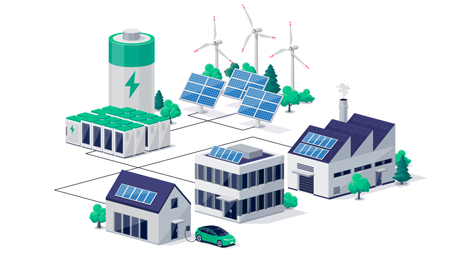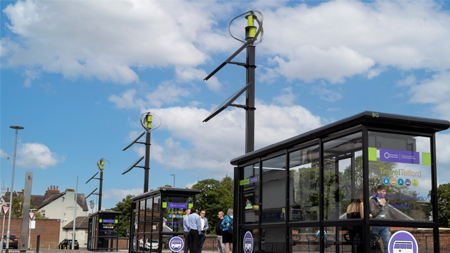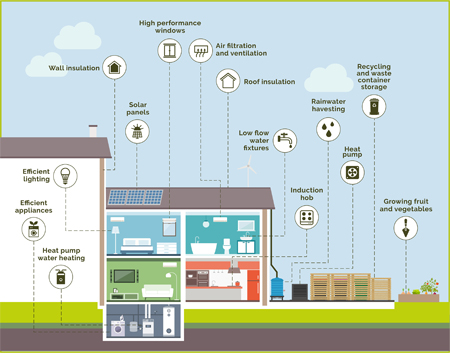Climate Change
In 2019 Telford & Wrekin Council declared a climate emergency and has published its Climate Change Action Plan to help achieve the goal of being carbon neutral by 2030. Addressing climate change in the borough means there will be less pollution, cleaner industrial and agricultural processes, better insulated homes, shops and offices, and more renewable energy generated locally.
It will also ensure that new homes and buildings for businesses are affordable to run, designed to stay cool and have good ventilation. This will help lower energy costs for residents accessing affordable homes for rent or shared ownership.
Parts of the urban and rural areas of the borough can experience flooding and it is critical that new development includes sustainable drainage measures that will help manage water resources reducing the risk of flooding.
The council is leading the way in taking action against climate change. This includes:
- Embedding sustainability, including renewable energy, into our NuPlace developments including Southwater and Donnington Wood Way;
- Producing local renewable energy through the Councils own solar farm;
- Reducing CO2 emissions from the Council own operations; and
- Supporting local climate change action including the work being done by Parish and Town Councils and local businesses.



What is the role of the Local Plan?
The Local Plan requires development to contribute to the mitigation of, and adaption to, climate change. This includes requiring development to:
-
Include homes and buildings that are energy efficient, well insulated and designed to capture opportunities of natural heating and cooling – helping to lower energy costs;
-
Reduce carbon emissions through the use of renewable energy solutions in developments such as, for example, solar and heat pumps;
-
Use water and materials sustainably including the use of recycled building materials and increased standards in water efficiency;
-
Assess and mitigate impacts on air quality and health through the design of developments and introduction of sustainable transport measures;
-
Be located in areas at lower risk of flooding, and ensuring development does not increase the risk of flooding elsewhere; and
-
Incorporate well-designed, varied, resilient green spaces including opportunities for food growing in new developments, such as, for example the planting of fruit trees and new allotments.

- View our interactive policies map (opens new window).
- You can download a copy of the Vision, Priorities and Profile chapter.
- You can download a copy of the draft Local Plan (high resolution).
Please note: The consultation on the draft Local Plan has now closed. Any comments made past 5pm, 31 January 2024 will not be considered.

